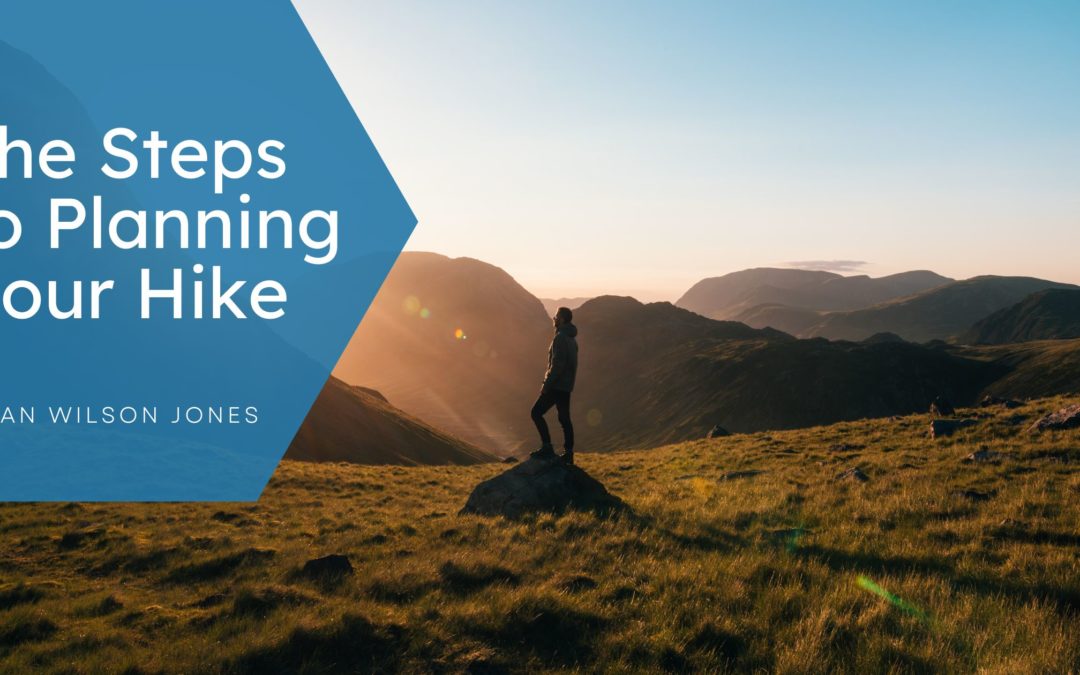Planning your hike is not only a crucial step in the process but can be the most fun when figuring out the details. Plans help you stay safe and ensure you have everything you need.
While hiking in national parks, you must be prepared for your safety. It is essential to make sure that you are well-equipped for any unexpected emergencies. This article will help you plan your trip and provide the necessary tools and resources to make the most of your experience.
Picking The Right Trail
You and your group must have a good understanding of the trail that will allow them to complete the entire journey safely. Ask a park ranger about the difficulty level of the trails or check the park’s website for more information. If you have medical conditions, you must speak with your healthcare provider. You want to ensure you are picking the right difficulty level for not only you but if you are bringing any companions along.
Give Your Trip Plan To Someone
You should have a trip plan that includes all the details you will take on the trip. This plan should also include contact information for everyone who is going with you and the locations where you will be walking and hiking. This can be very helpful in the event of an emergency. Leave the trip plan with someone not going on the hike; in case of emergencies, one person knows where you are going and who was with you.
Develop An Emergency Plan
It would be best if you also had an emergency plan in case you or one of your companions gets lost or injured. This can be very helpful if you and your group get separated. It would help if you additionally considered learning CPR and basic first aid. You never know what will arise during a hike, no matter how long, and being prepared is the best thing you can do.
Communication
Since there is no cellular service in most national parks, you should avoid using your cell phone. If your cell phone is necessary, make sure that you have charged it. You can also use a personal locator beacon to find you if you need to call for help. However, if you are constantly looking for a signal, try turning off your phone or going to airplane mode. Make sure you have multiple ways to get in touch with someone who can help when an emergency arises.
Be Aware Of The Weather
Before heading out on a hike, ensure you are weather-ready. In addition to having a good understanding of the weather, you should also be prepared for the possibility of severe weather. Having a shelter and a plan in case of flash flooding or lightning are some of the best things you can do to protect yourself.
Plan B
If the weather is not favorable for hiking, make sure you have a Plan B. If the conditions aren’t ideal, take advantage of the park’s other activities. You can visit the park’s website to learn more about its other programs and activities.
Park Alerts
Park alerts are a great way to stay in the know with any vital information on where you are hiking. These can include trail closures, wildfire risk, and other possible hazards.
Altitude Check
If you plan on hiking higher than you are used to, take some time to adjust to the new environment. In addition to having a good sleep, make sure that you drink plenty of water and avoid overexerting yourself.

